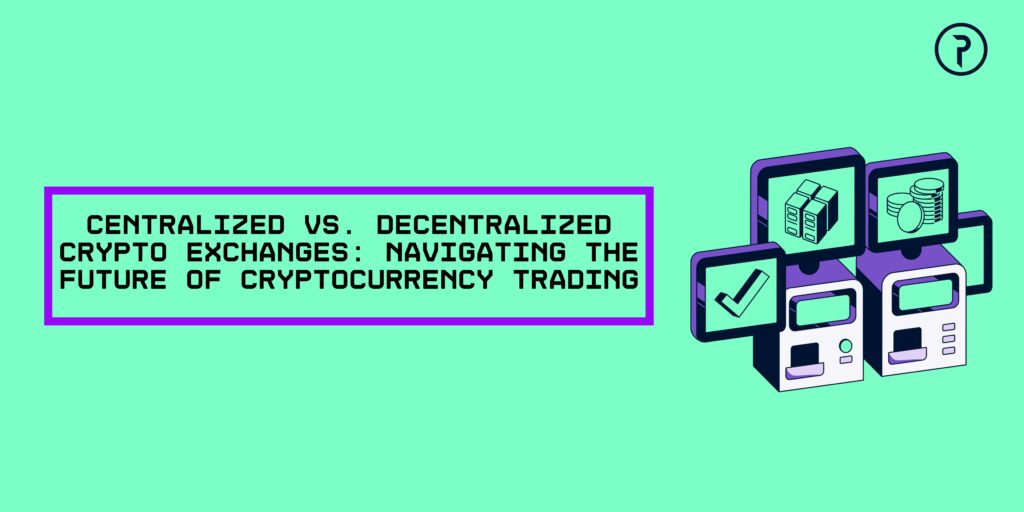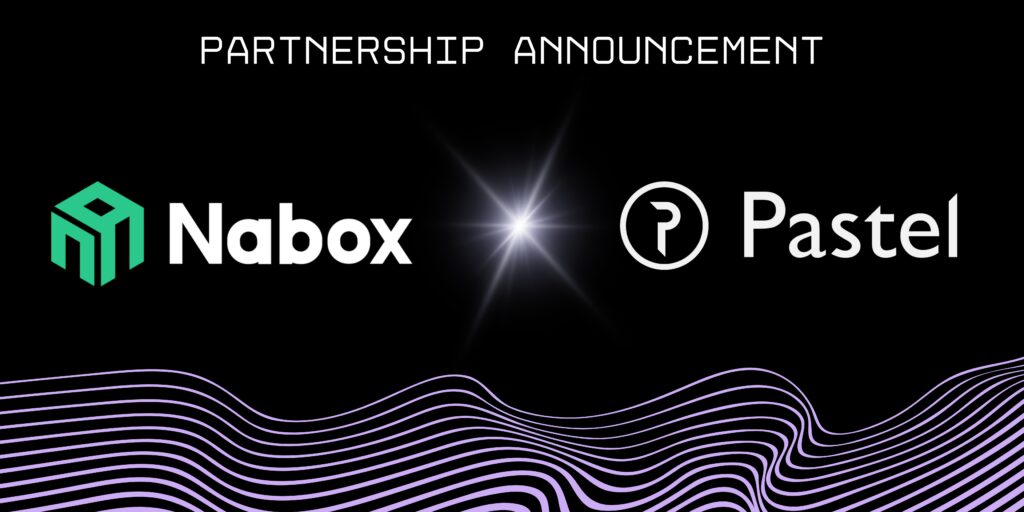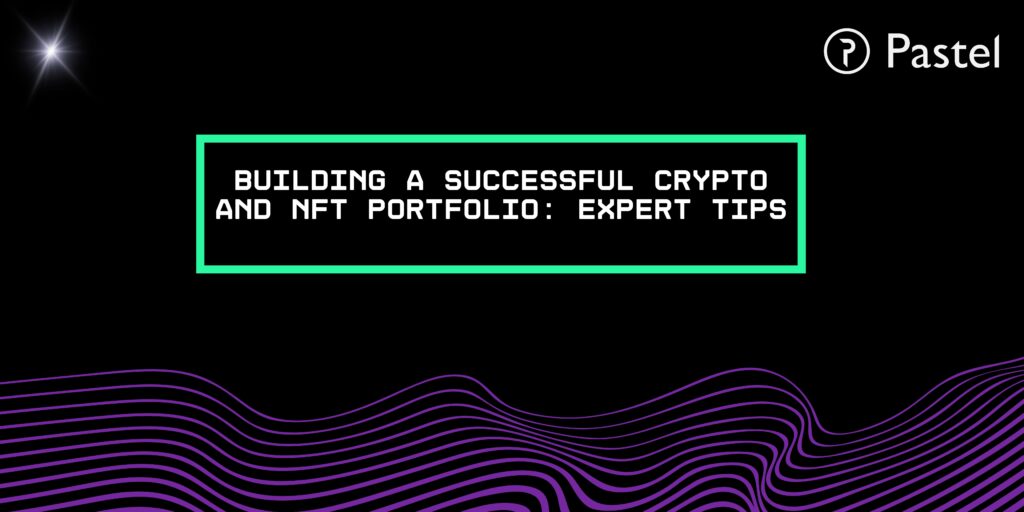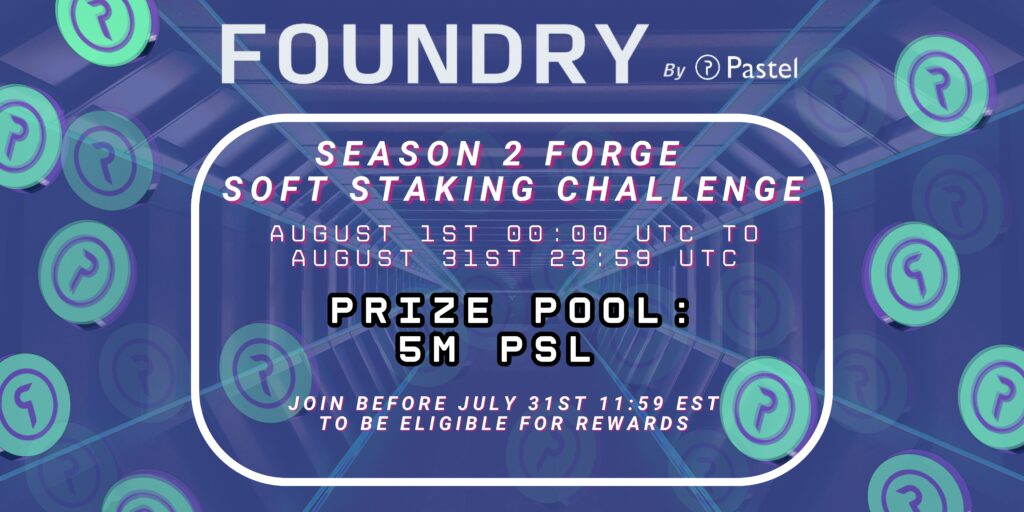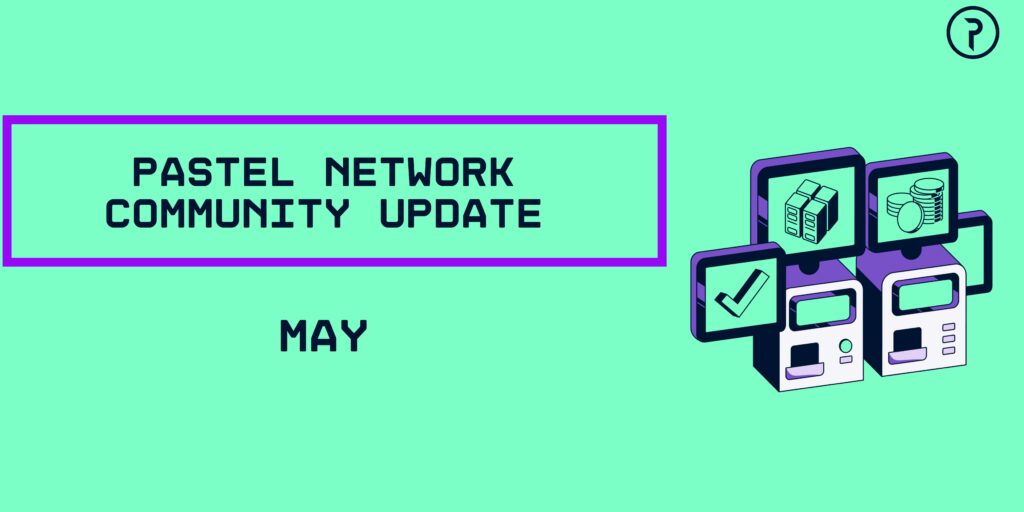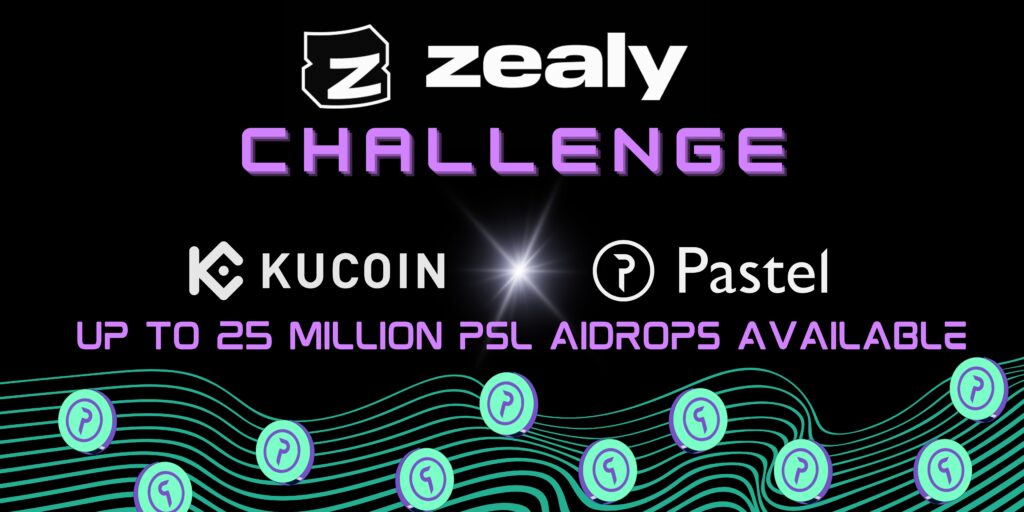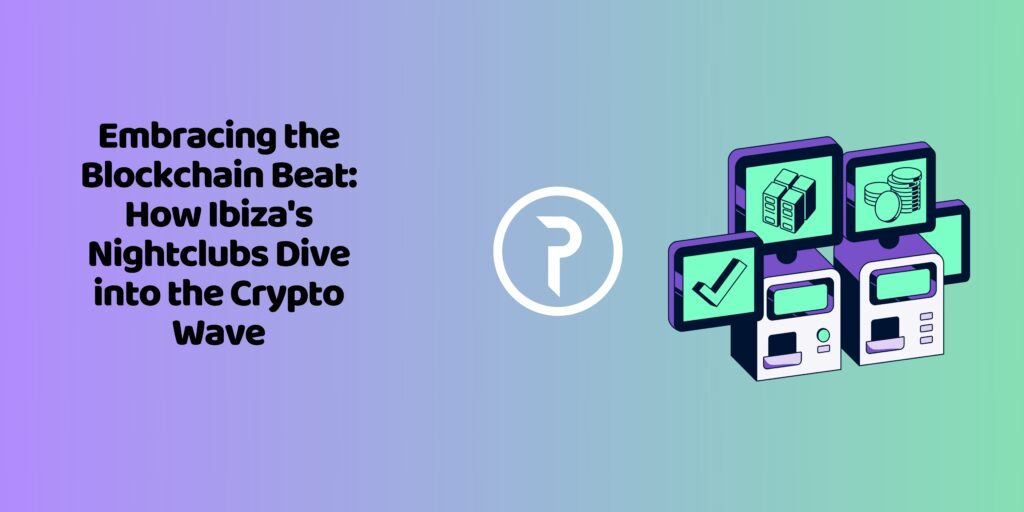Developers and companies are discovering dozens of new use cases for NFT technology—from community governance to luxury travel and real estate.
There are many reasons NFTs are in huge demand, the most prominent being the features of their underlying infrastructure—public, permissionless blockchains that serve as the foundation for all things crypto-related.
In this article, we dive into these blockchains and how they pave the way for us to discover the full potential of our NFTs.
What Is A Public Permissionless Blockchain?
Each blockchain is a shared database where transactions between a network of users are stored. The records are distributed among participants and made public so that anyone can access them inside or outside the network.
There are three primary forms a blockchain can take:
1. Permissioned,
2. Private,
3. or Public and Permissionless.
This article will focus on public, permissionless blockchains—like Ethereum—as they’re more commonly used for NFTs.
We can call any blockchain “permissionless†if participants can use it without restrictions. A public blockchain lets anyone access the blockchain. Therefore, a public, permissionless blockchain can be used by anyone, anywhere, without restrictions.
Permissionless Blockchains And Permissionless NFTs
Most NFT marketplaces allow any user to mint, buy, and manage their NFTs independently. However, some marketplaces—like the Binance NFT marketplace—may choose what NFTs can be created and shared, as well as gain access to the private key of the NFT holder, i.e., take custody of the token.
An NFT is only as “permissionless†as the blockchain that hosts it. But, most people have only ever interacted with permissionless NFTs due to this specific use case’s commercialized nature.
Remember, an NFT is just a token. Since community is the crux of many NFT collections (i.e., a 10,000 collection of Bored Ape Yacht Club NFTs), creators would be wise to host them on a permissionless (i.e., anyone can buy the NFT) blockchain.
In an alternate universe, a NFT creator could theoretically choose to mint their NFT on a “permissioned†blockchain, where only a private audience can access the token.
The Benefits of A Permissionless NFT
Permissionless blockchains are the main reason NFTs have seen widespread acceptance, vast usability; here’s why:
Decentralization
If you purchase an NFT today, the record of your purchase is linked to the history of the NFT on the blockchain. Anyone on the internet can confirm the existence of your NFT without needing to go through any company or regulator.
Since blockchains are distributed ledgers, this also means that no single entity can manipulate the records as they please. The value of the NFT can be trusted because the decentralized blockchain is free from control or manipulation by any entity or group.
Transparency
NFTs are stored transparently, so the record of the creation, sale and any transfers of the NFT are accessible to any prospecting buyer or any other interested party.
If you consider purchasing an NFT, you can analyze the record of the NFT, its various sales prices, its creator, and the exact moment it was created. In this way, NFTs can’t be faked.
NFT transparency also applies to market sentiments concerning any particular NFT you are interested in. Some NFT marketplaces allow you to view bids made by other prospecting buyers, which can guide you as you decide how much you should pay for the NFT.
Anonymity
Permissionless blockchains allow you to trade NFTs without revealing your identity or undergoing rigorous Know-Your-Customer (KYC) checks that require you to submit government identification and other requirements. This means you can keep yourself and your NFT investments private.
Ease of Exchange
Unlike other assets that may require significant effort and time to purchase, NFTs can be sold in seconds on any NFT marketplace. Most NFT marketplaces have a straightforward process for listing your NFTs, so in minutes your NFTs can be available to the public and sold.
Final Thoughts: Permissionless, Non-Fungible Tokens and The Blockchains That Host Them
From CryptoPunks to Little Pudgys, NFTs have seen massive growth and will probably only see more.
Anyone who owns an NFT owns a token that is a one-of-a-kind digital asset and cannot be replicated.
Although NFTs can launch as a collection and may share the same attributes, each NFT in a 10,000 NFT collection would still have its unique signature—stored permanently on the blockchain—making it irreplaceable, even if the proposed replacement looks exactly the same.
The potential of NFTs for various industries and systems is still being discovered, made possible through the core characteristics of blockchain technology.
Public, permissionless blockchains like Ethereum, Solana, and Algorand make NFT creation and investment even more accessible.
While the NFT industry is still early, its underlying technology provides a sturdy foundation for many more use cases across industries.
